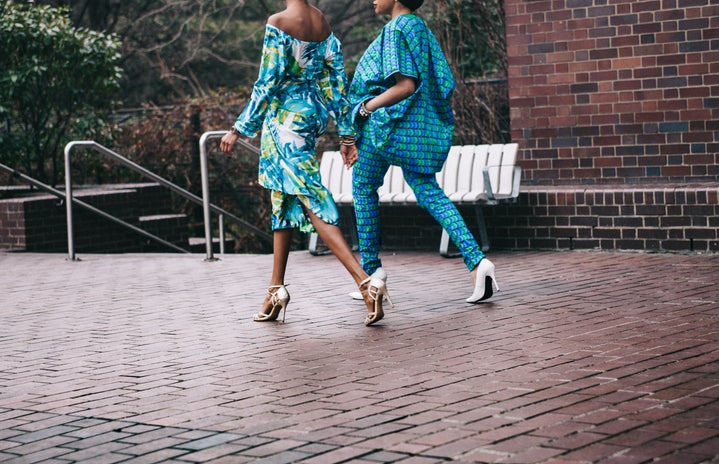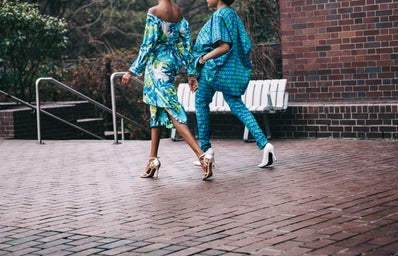Unisex clothing is by no means a new concept. Uniqlo, BOY London and American Apparel are just a few of the retailers who have sold gender neutral garments for years. However, when such a popular international brand such as Zara decides to incorporate unisex clothing into their range, it’s hard not to sit up and notice.
This marks a new era in the gender neutral movement, reflecting that binary distinctions are under increasing scrutiny, in particular amongst young people.
As it becomes more widely accepted that gender is a social construct, dependent on socialisation, convention and upbringing rather than inherent biological differences between men and women, demand for ungendered clothing has also increased. In March 2015, Selfridges became the first major British retailer to ditch fashion sections labelled “male” and “female”, instead providing 3 floors of unisex clothing.
(Photo credit: Zara)
Zara’s new range consists of 16 designs, including sweatshirts, t-shirts, jeans and jogging bottoms in the inoffensive colours of grey, white and black, continuing the theme of “neutral”. The Ungendered section is part of the larger TRF range, containing Zara’s slightly more basic but more affordable pieces. It will be interesting to see the impact that this decision has on Zara’s profits; will it engage more people and encourage them to shop in Zara?
The gender-fluidity movement is gaining momentum in our society, for example through campaigns such as Let Clothes Be Clothes, which is dedicated to ending gender stereotypes used in the design and marketing of children’s clothing. Similarly, last week Urban Decay announced that gender-neutral model and Orange is the New Black star Ruby Rose is their new ambassador.
But not everyone was impressed by Zara’s latest move. In a recent article for gal-dem, Halimah Malman expressed:
“Clothing is ‘gendered’ when it is considered only suitable for either those who present as men, or those who present as women. For example, skirts and dresses are considered appropriate for women and sold in the women’s section of stores (despite the fact that kilts and various other skirt-like pieces of clothing exist). For clothing to be ‘ungendered’ then, such pieces of clothing must be relabelled to apply to everyone. Sections divided based on gender should, ideally, be removed completely to enable anyone with any gender identity to wear whatever they want.”
She continues: “Zara are reinforcing the idea that only certain articles of clothing can be ‘ungendered’ and are thus only transforming the label ‘unisex’. This is not breaking any conventions. Their collection, which consists of straight jeans, plain hoodies and even plainer jumpers, is dominated by styles which are vaguely masculine, reinforcing the concept of ‘unisex’.”
It’s clear that there is still a long way to go before those campaigning for the eradication of gender restrictions can meet their goals, as gender boundaries are so ingrained in our attitudes and culture, permeating every-day life.
Let’s remember Miuccia Prada’s admirable words, “I think to people, not to gender.”
What do you think of Zara’s new “ungendered” range?
HC XO


